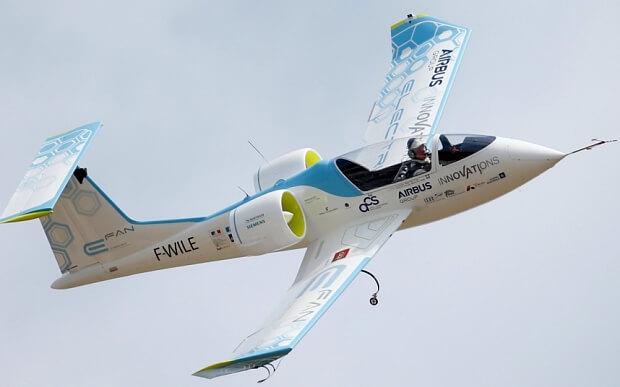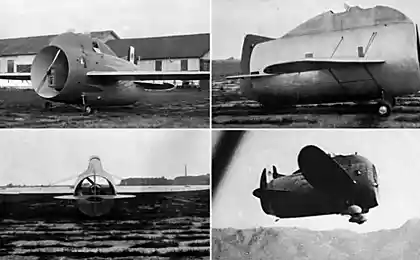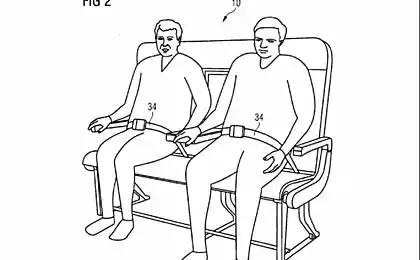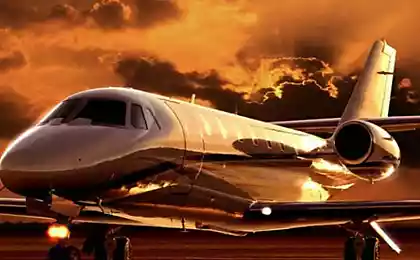507
Airbus and Siemens will build electric and hybrid aircraft engines
Airbus and Siemens start collaboration for the creation of aircraft systems with a hybrid electric engines. The company's management formulated a plan to a workable hybrid system by 2020. The electrification of the aircraft will be specially created team of more than 200 specialists.
"Flying using electric and hybrid electric systems is one of the most difficult tasks facing modern aviation, aimed at the achievement of the objective of zero emissions,- said in a press release Director of Airbus Group, Tom Enders [Tom Enders]. We are sure that by 2030 passenger aircraft up to 100 seats will be able to fly with the help of hybrid engines, and we will strive to do so with the help of our world-class partners, such as Siemens".
Both companies believe that the hybrid electric system will help to reduce the emission of harmful substances into the atmosphere and noise level in the cabin. By 2050, the EU plans to reduce CO2 emissions by 75% compared to 2000.
The company will develop engines of various classes, capacity from 100 KW to 10 MW and more. The first prototype of such system was presented together with the Austrian company Diamond Aircraft in 2011.
In 2015, Siemens introduced a aircraft electric motor with a record performance — the engine weighs only 50 kg and has an output of 260 KW. Such characteristics of the engine allow to create aircrafts with takeoff weight up to two tons. In this work the propeller is not required the transmission, since the engine produces 2,500 rpm.

The engine is Frank Anton, head of the research division of the aircraft eAircraft development at Siemens
In turn, the Airbus Group in 2014 he presented two-seat electric plane E-Fan, developed with support from the French government. Pretty quiet electroanalyt from carbon fiber weighs about 500 kg, uses a lithium-ion polymer battery and is equipped with two engines with a capacity of 60 KW. An hour flight costs about £10, and the batteries fully charge in 90 minutes. In sale it should arrive within two years.

E-Fan from Airbus
Of the competitive projects have included the joint work of NASA and Boeing hybrid electric aircraft SUGAR Volt ("subsonic ultra-green aircraft research" – "research on the creation of highly environmentally friendly subsonic aircraft") aircraft operating on the combination stored in batteries the electricity and classic fuels. The project was first made public in 2012.
Plan conventional fuels will be used in such energy-intensive maneuvers like takeoff, and in flight the aircraft's engines for the most part or almost completely will be powered by batteries. The exact timing, the company was not named, and also plan to give the finished product around 2030-2050 years. published
P. S. And remember, only by changing their consumption — together we change the world! ©
Join us in Facebook , Vkontakte, Odnoklassniki
Source: geektimes.ru/post/274144/
"Flying using electric and hybrid electric systems is one of the most difficult tasks facing modern aviation, aimed at the achievement of the objective of zero emissions,- said in a press release Director of Airbus Group, Tom Enders [Tom Enders]. We are sure that by 2030 passenger aircraft up to 100 seats will be able to fly with the help of hybrid engines, and we will strive to do so with the help of our world-class partners, such as Siemens".
Both companies believe that the hybrid electric system will help to reduce the emission of harmful substances into the atmosphere and noise level in the cabin. By 2050, the EU plans to reduce CO2 emissions by 75% compared to 2000.
The company will develop engines of various classes, capacity from 100 KW to 10 MW and more. The first prototype of such system was presented together with the Austrian company Diamond Aircraft in 2011.
In 2015, Siemens introduced a aircraft electric motor with a record performance — the engine weighs only 50 kg and has an output of 260 KW. Such characteristics of the engine allow to create aircrafts with takeoff weight up to two tons. In this work the propeller is not required the transmission, since the engine produces 2,500 rpm.

The engine is Frank Anton, head of the research division of the aircraft eAircraft development at Siemens
In turn, the Airbus Group in 2014 he presented two-seat electric plane E-Fan, developed with support from the French government. Pretty quiet electroanalyt from carbon fiber weighs about 500 kg, uses a lithium-ion polymer battery and is equipped with two engines with a capacity of 60 KW. An hour flight costs about £10, and the batteries fully charge in 90 minutes. In sale it should arrive within two years.

E-Fan from Airbus
Of the competitive projects have included the joint work of NASA and Boeing hybrid electric aircraft SUGAR Volt ("subsonic ultra-green aircraft research" – "research on the creation of highly environmentally friendly subsonic aircraft") aircraft operating on the combination stored in batteries the electricity and classic fuels. The project was first made public in 2012.
Plan conventional fuels will be used in such energy-intensive maneuvers like takeoff, and in flight the aircraft's engines for the most part or almost completely will be powered by batteries. The exact timing, the company was not named, and also plan to give the finished product around 2030-2050 years. published
P. S. And remember, only by changing their consumption — together we change the world! ©
Join us in Facebook , Vkontakte, Odnoklassniki
Source: geektimes.ru/post/274144/
The law of cause and EFFECT operates regardless of whether You realize it or not
Dandelion a hundred diseases: from personal experience























